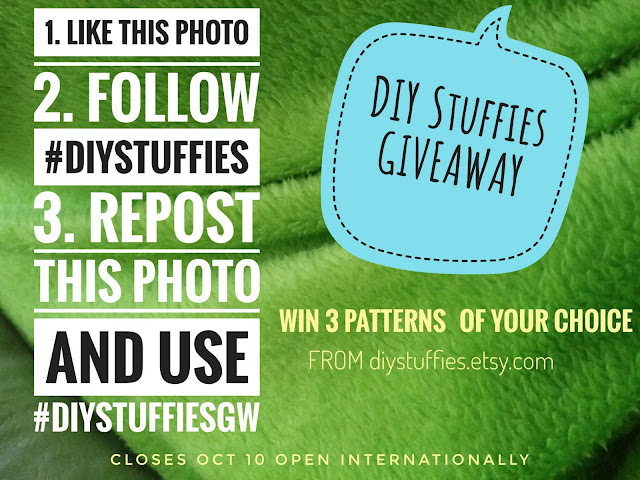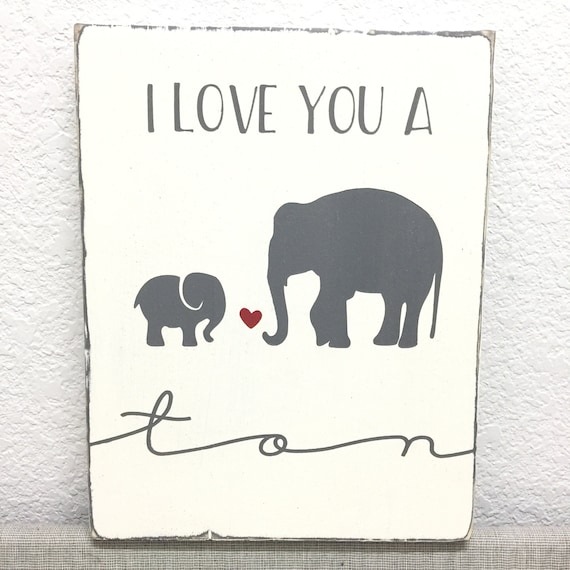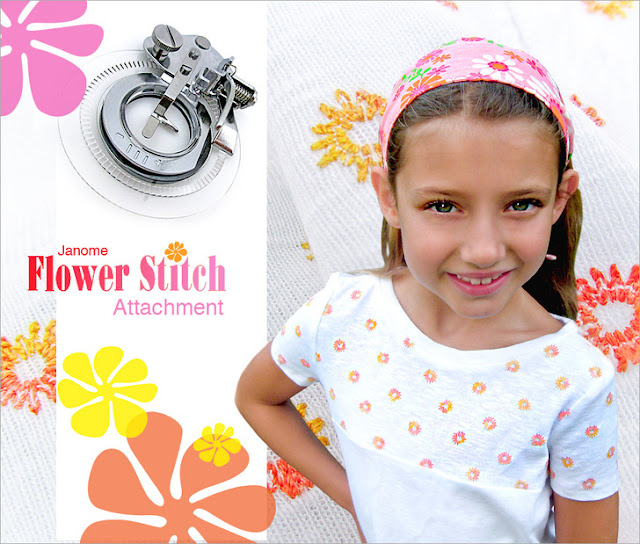I have had so much fun stitching up decorations for Christmas this year, It gives me so much joy! So when Maria from
inLovewithBeauty announced she's waiting for something new to me, I knew exactly what I was planning to make – an angel Christmas ornament!
So here’s some instructions to hand sew this lovely little angel
In this tutorial, you'll learn how to turn the illustration into a real life softie. When finished, it will be around 6 inches (15 cm) tall. It makes a great gift for kids or any Angel lover. Let's get started!
YOU WILL NEED
- a pieces of felt in your choice of colours;
- a printed copy of the included ‘felt Angel ’ pattern;
- cotton embroidery thread in your choice of coordinating or contrasting colour;
- an embroidery needle;
- wadding or stuffing;
- sewing pins;
- scissors.
STITCH GUIDE / WHICH STITCH?
Learn some basic embroidery stitches. The blanket stitch is basically a series of interwoven loops, this stitch takes a little practice but is wonderful for finishing around curves, it will not however stop your fabric from fraying so I wouldn’t use this on anything other than fleece, felt and other nonwoven fabrics. This is not as hard as it seems, if the words confuse you look at the pictures closely or visa versa. If you still don’t think you understand I encourage you to grab a scrap some thread and a needle and just try it, chances are you’ll get it in no time.
If hyperactive 8 year olds can do I know you can too!
The Backstitch creates the appearance of a solid line. Uses: for the eyes and mouth
The blanket stitch is important to attach two pieces of felt together while maintaining an attractive appearance on both front and back.
In this tutorial, you'll learn how to turn the illustration into a real life softie. When finished, it will be around 15 cm (6 inches) tall. It makes a great gift for kids or any Angel lover.
LET´S GET STARTED!
1. Cut out your printed Angel pattern following the black outline (
paper PATTERN). Pin the Angel pattern in place and cut out the pattern pieces directly on the line. Remove your pattern (and save for later).
2. Stitch a Angel wings ,eye, mouth and Heart
(you can use felt eyes as an alternative to other eye-making methods).
Backstitch a Cheeks to the Face. Backstitch a Face to the Hair, and finish stitching about 4 centimetres before you meet up with where you began (follow your guides).
3. Thread your needle with two strands of embroidery cotton and secure the ends with a knot. Stitch around the outside of your Angel hair using the following guidelines. Depending on the length of your thread, you will probably need to re-thread your needle with more embroidery cotton, more than once. Finish stitching where you meet up with where you began.
4. Thread again your needle with two strands of embroidery cotton and secure the ends with a knot. Now stitch around the outside of your Angel body using the following guidelines. Stop stitching about three centimeters before you meet up with where you began. Don’t finish off your stitch though, and make sure you leave the thread where it is, so you can finish off the stitching after you add the stuffing.
5. Carefully and gently manoeuvre small pieces of stuffing inside the Angel body. A chop stick or knitting needle is a great tool for this! Add little pieces at a time until the Angel body is average stuffed.
6. Pick up your needle and thread again and continue to stitch the Angel body closed, making sure you secure the stitching with a couple of extra stitches at the end.
7. Move the body between Angel hair and head, close it (attach body to hair) with couple stitches.
8. Finally stitch a Angel wings to the hair (with couple stitches).
Feel free to pop by the
STORE to view the full range of
DIYStuffies PDF patterns. Or head to my
FACEBOOK page to share your creations. Feel free to follow along.
Thanks for following along. Happy stitching, Monika x
This post was written by Monika Teller
 I feel like I have seen SO many cute Christmas sewing projects recently. There are always so many I want to try, so I’m finally making a list and thought I might as well put it all in one place and share it with the rest of you.
I feel like I have seen SO many cute Christmas sewing projects recently. There are always so many I want to try, so I’m finally making a list and thought I might as well put it all in one place and share it with the rest of you.

























































